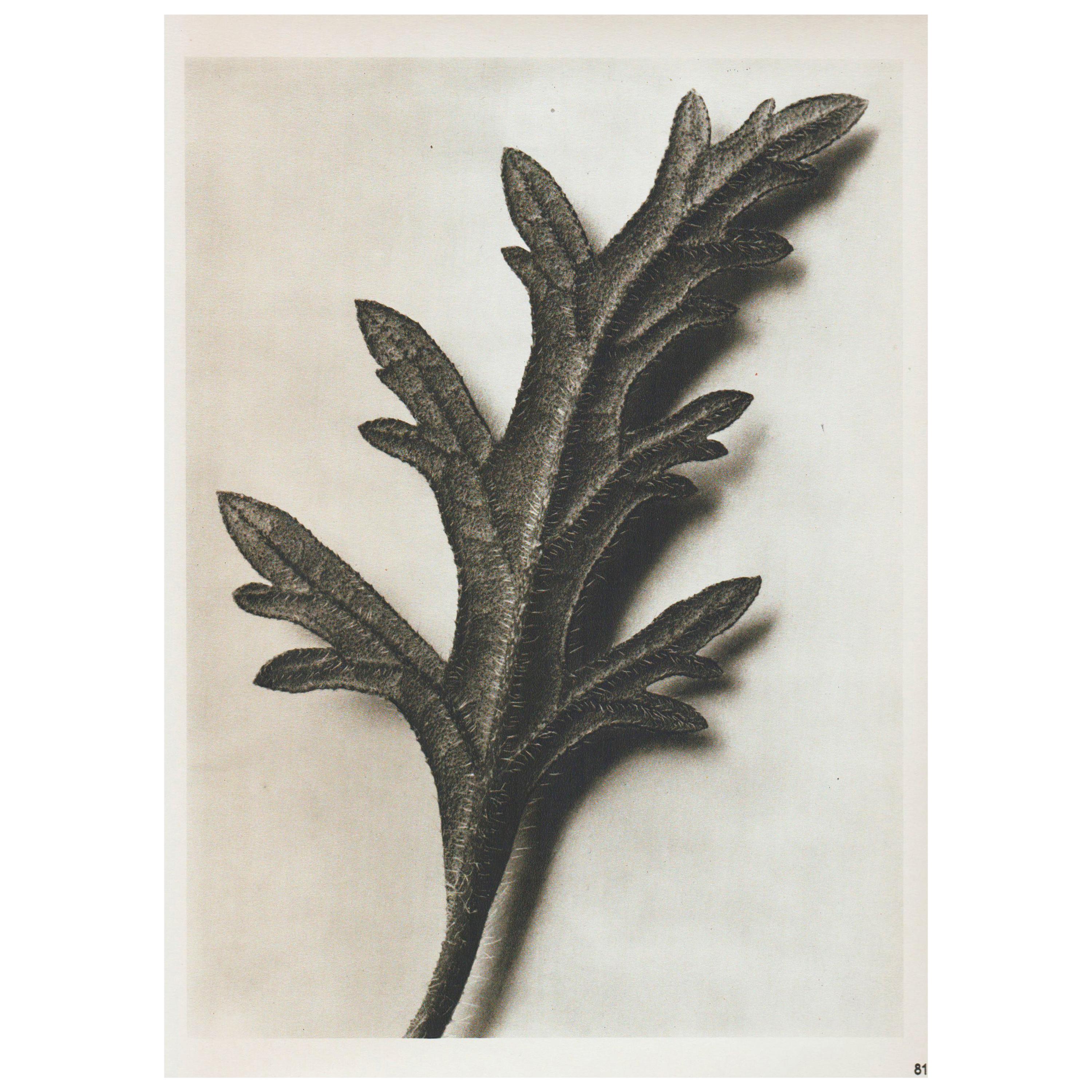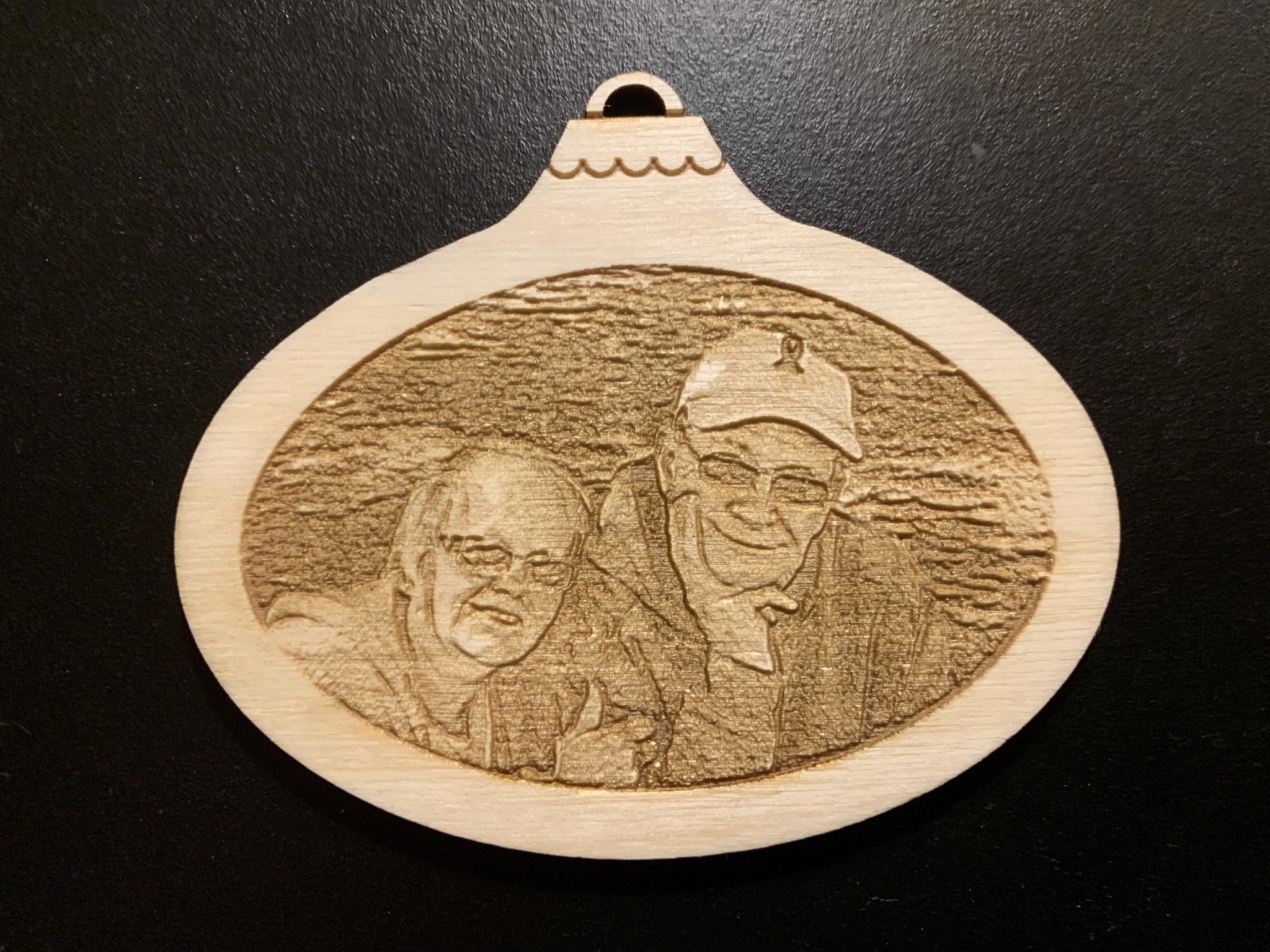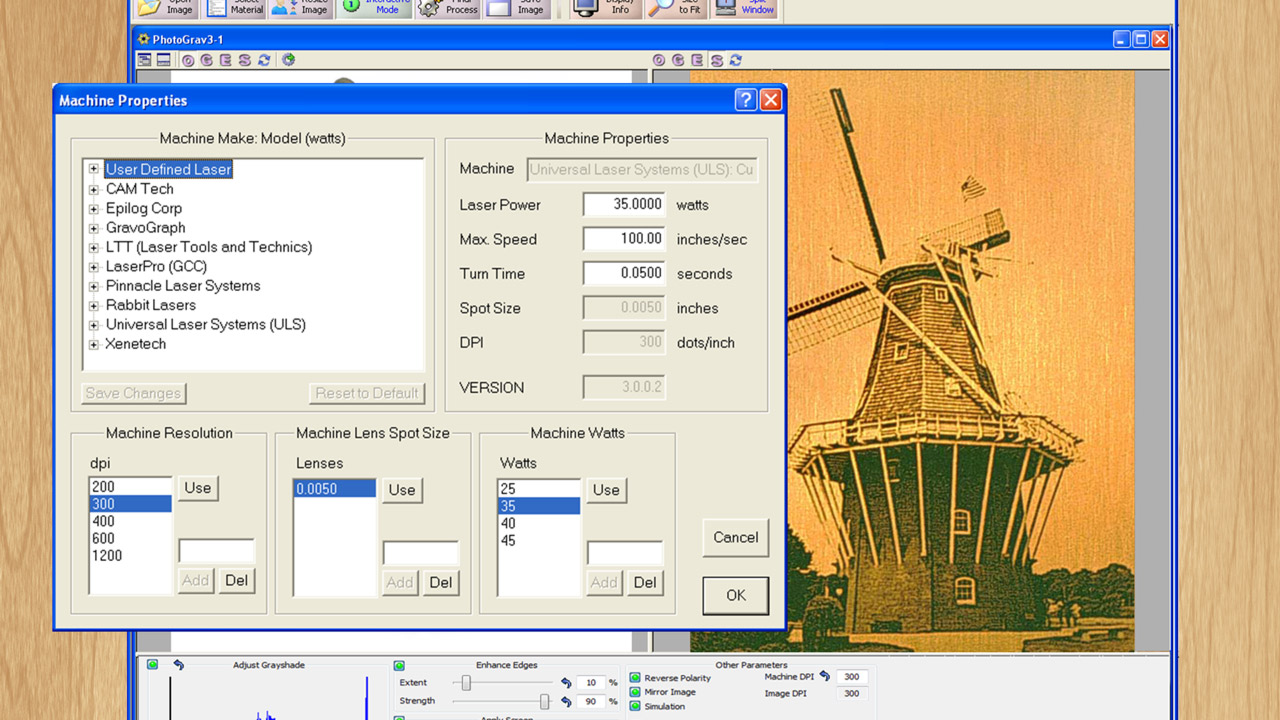


It was there that Nancy Russell in 1924 arranged for Curtis to photograph Charles M. By 1920 Curtis had finished eleven volumes and moved from Seattle to Los Angeles where he set up a studio in the Biltmore Hotel. The first volume was published in 1907, and Morgan requested as part of the deal the first twenty-five.

In return, Curtis would author twenty volumes of text, each volume illustrated with approximately seventy-five small prints and each was accompanied by a portfolio of about thirty-five large photogravures. But I want to make them live forever-in sort of history photographs.”Īt the suggestion of Theodore Roosevelt, Curtis solicited John Pierpont Morgan-one of the richest men in the world-who promised to loan him $15,000 a year for five years. The first time I witnessed it I sat in the hallowed lodge with my friend George Bird Grinnell, who was called the ‘Father of the Blackfoot people.’” Inspired, Curtis wrote, “I don’t know how many tribes there are west of the Missouri…maybe a hundred. Curtis later recalled, “It is wild, terrifying and elaborately mystifying. The Piegans, aka Blackfeet, were gathered to worship the Great Mystery. “Their humanity has been forgotten,” Grinnell said, explaining the stereotypes of either virtuous savage or victim who turned to vices. In the summer of 1900, George Bird Grinnell invited Curtis to witness firsthand the Blackfeet Sun Dance outside Browning, Montana. Whenever possible, Curtis spent time photographing the nearby Suquamish Indians and became known as the “Shadow Catcher.” Roosevelt had thousands of photographs taken of him, but the one Curtis snapped was his favorite.

His fame would escalate, and eventually President Theodore Roosevelt invited him to photograph him and his family. Within three years, he was the most sought after society portrait photographer in Seattle. At age nineteen, Curtis moved once again with his family and settled on a claim of land in Sydney, Washington, a small village on Puget Sound across the bay from Seattle, Washington. In 1873 the family relocated to La Seuer County, Minnesota. The quintessential searcher, Curtis was born on Februin Whitewater, Wisconsin, a son of an itinerant minister, and early on took an interest in photography. He also instilled a sense of pride for Indians in their heritage. In 1907 The New York Herald dubbed a planned photographic book series by Edward Sheriff Curtis as the “Most gigantic undertaking in the making of books since the King James edition of the Bible.” Pulitzer Prize and National Book Award recipient Timothy Egan called The North American Indian, “The greatest photographic achievement of all time.” Curtis, the West’s greatest Indian photographer, had a profound effect on how whites viewed the many Native American cultures.


 0 kommentar(er)
0 kommentar(er)
